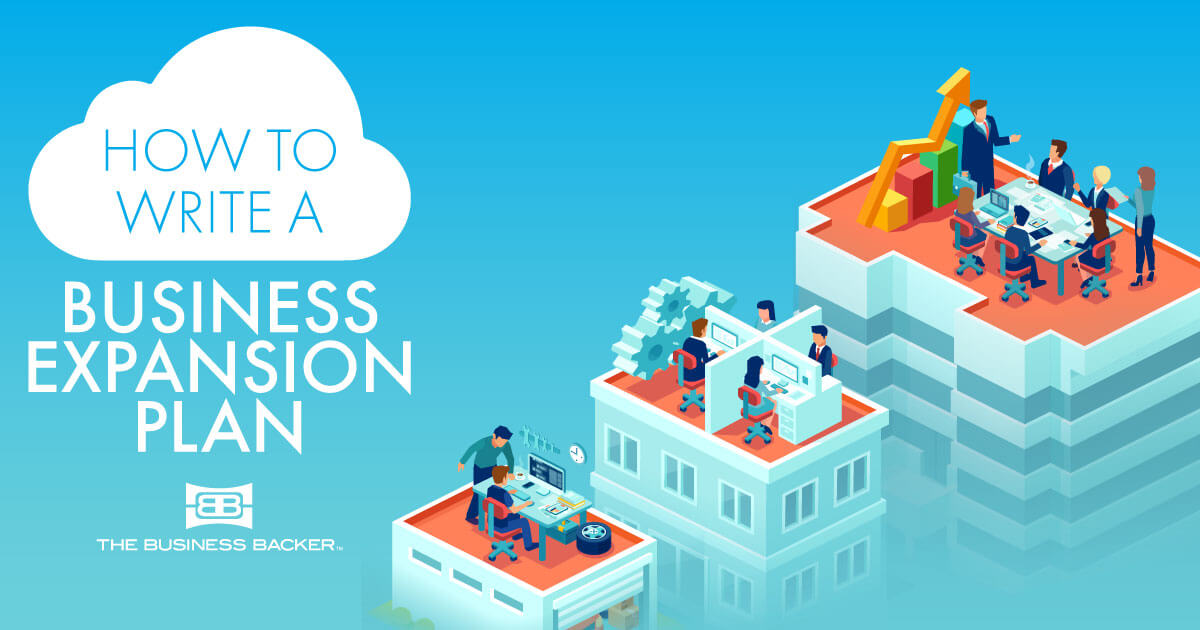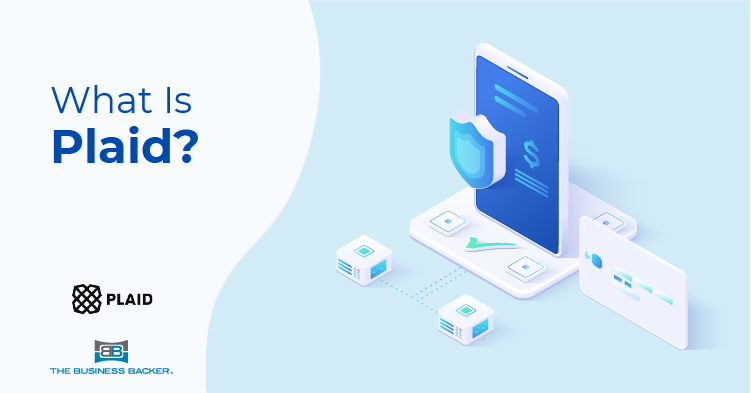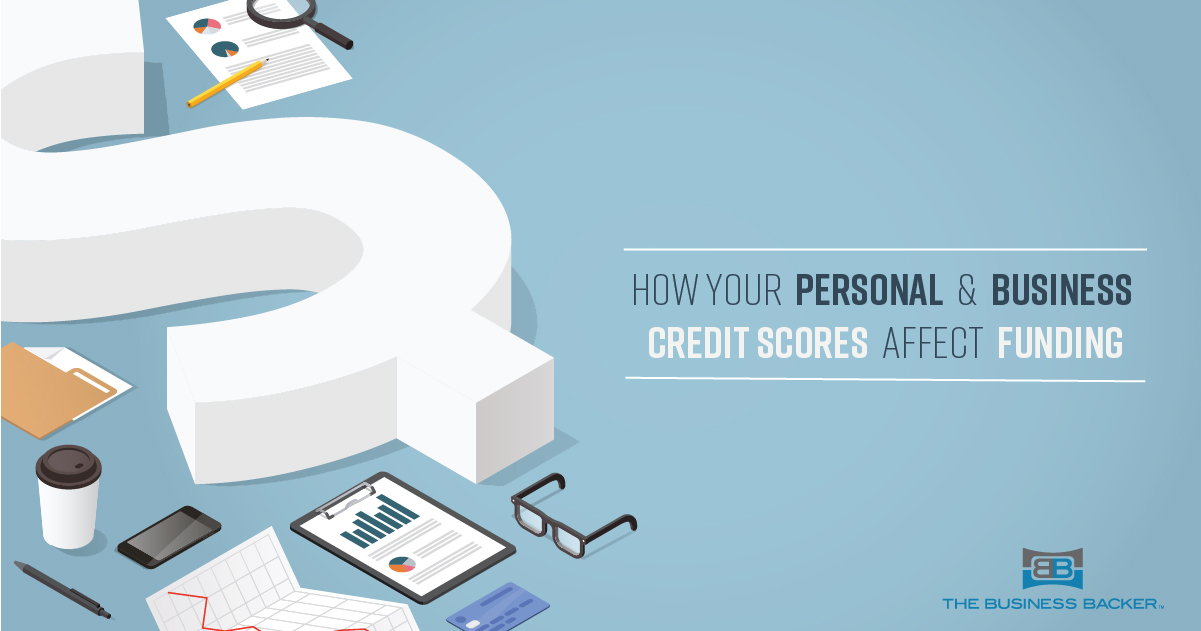The 8 Questions Small Business Owners Should Ask When Seeking Capital: Question #7
What happens if I need more funding?
Many small business owners seeking funding for the first time treat it as a one-time deal that will take care of immediate needs. They often assume that their financial needs will be met with this first injection of capital and once they pay it back, their obligation will be met. However, there are plenty of situations where additional funding is necessary for small businesses to capitalize on new opportunities or deal with sudden challenges.
When the need for additional capital arises and you still have a balance on your current funding, the type of product you originally chose can have a significant financial impact on your subsequent funds.
Here are just a few examples with the various products:
- Term loans tend to be a more attractive option because of their larger dollar amounts and lower rates compared to line of credit options, but if more capital is needed before the balance of the term loan is paid off, most lenders will require you to refinance your current balance with your new funding. In addition to refinancing a current balance, you may also be required to pay a pre-payment or other type of processing fee.
- Standard advance providers will often require the remaining balance be rolled into the new funding, while the cost of funds is already incorporated into the total balance upfront.
If this occurs, you could potentially pay twice for the same capital – a practice known as “double dipping.” Let’s say you own a bakery and decide to take out a $10,000 loan to upgrade your equipment at a 20% fee. A few months later, when you still have $5,000 remaining, your business catches on and sales begin booming. You feel that it’s a good time to consider remodeling your bakery, but it will cost $15,000. Your lender offers you another $10,000 – but in order to receive it, they ask you to pay off the original fee first and then place a 20% fee on the new total. This means you’d be paying twice for the $5,000 you had from the first loan in order to incorporate it into the second loan.
Double dipping can multiply the cost of your funding and continues to increase with every new funding. Before taking your original funding, your funder should explain all potential financial consequences including all additional fees and future costs of refinancing. We have seen some funders mask double dipping and the small business owner has no idea what is happening until they are in over their head.
During your search for capital, take your time when making your initial funding decision and make sure you are aware of all fees associated with new fundings or refinancing. You could also seek out a financing partner who offers a revolving line of credit, so you’ll always have the option to receive capital on an ongoing basis. No matter the route you choose, always look closely at fees and repayment terms and have a clear understanding of the product you select.





